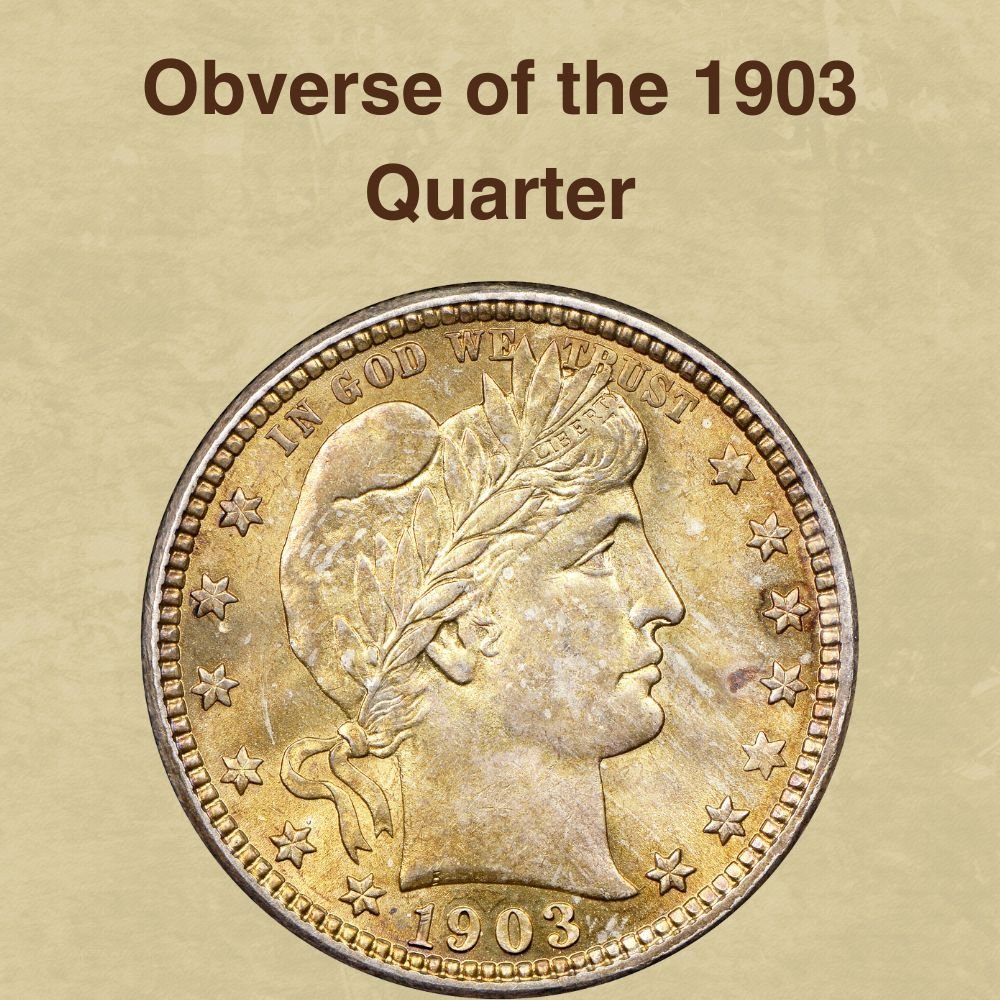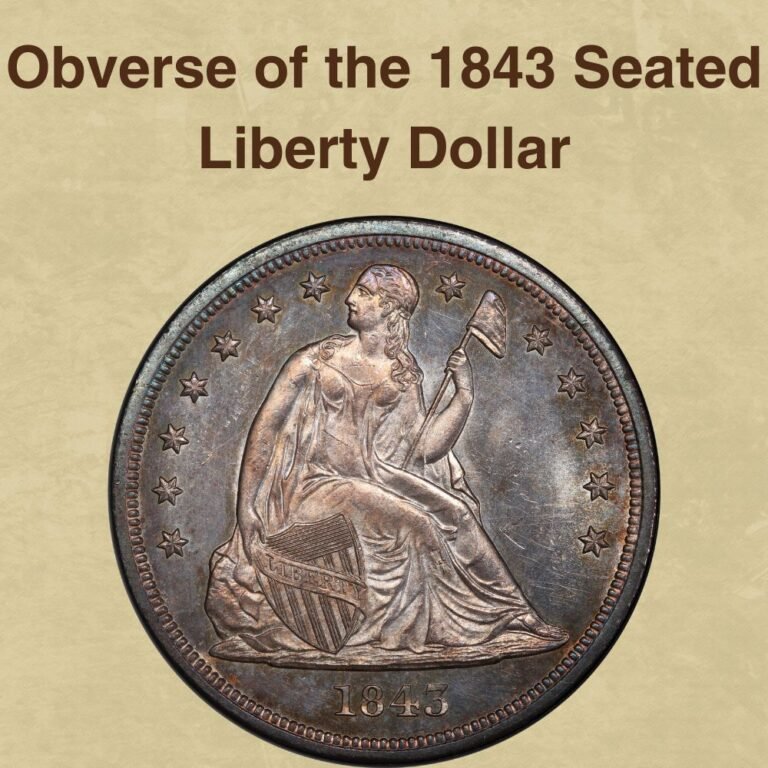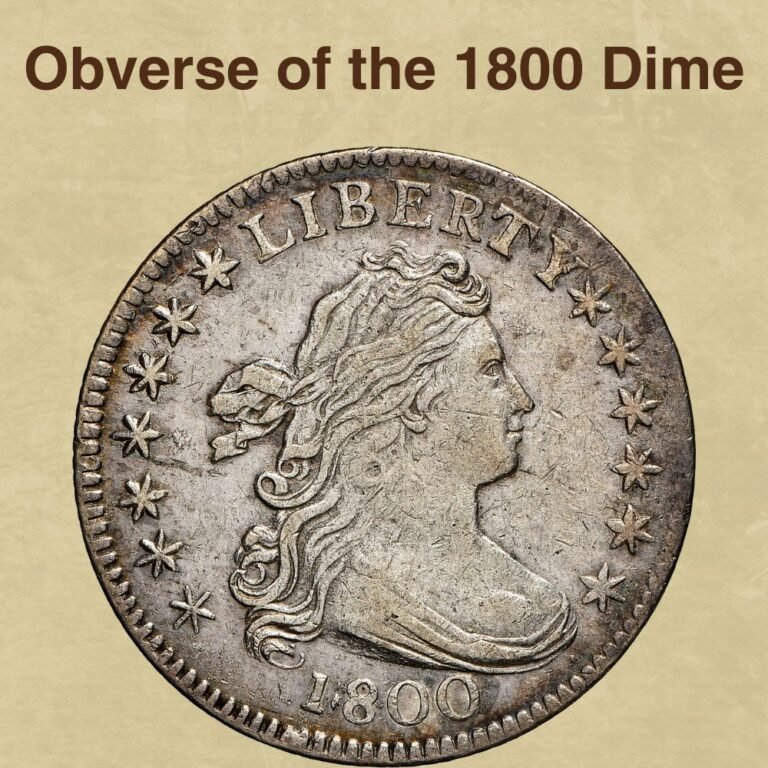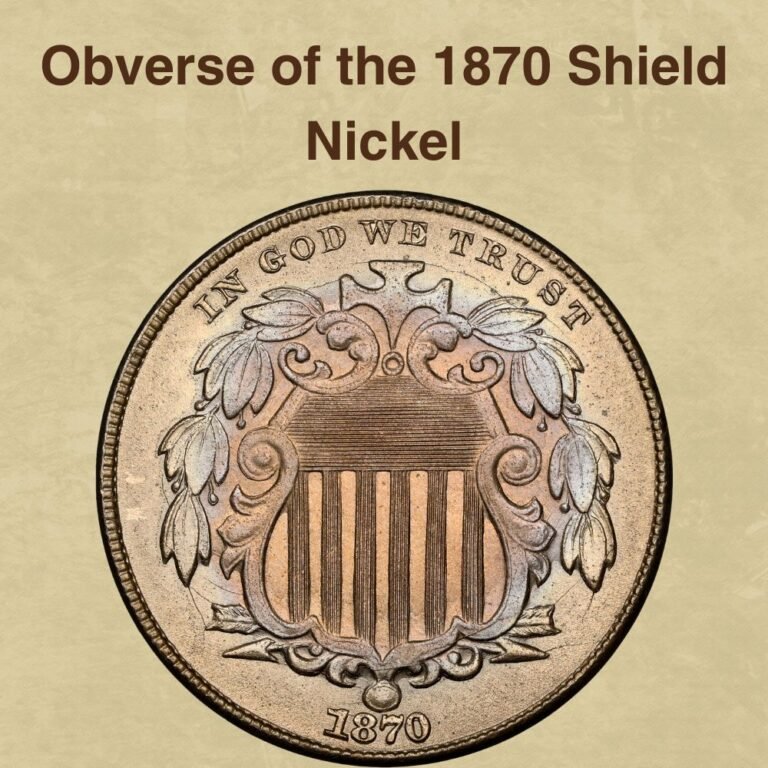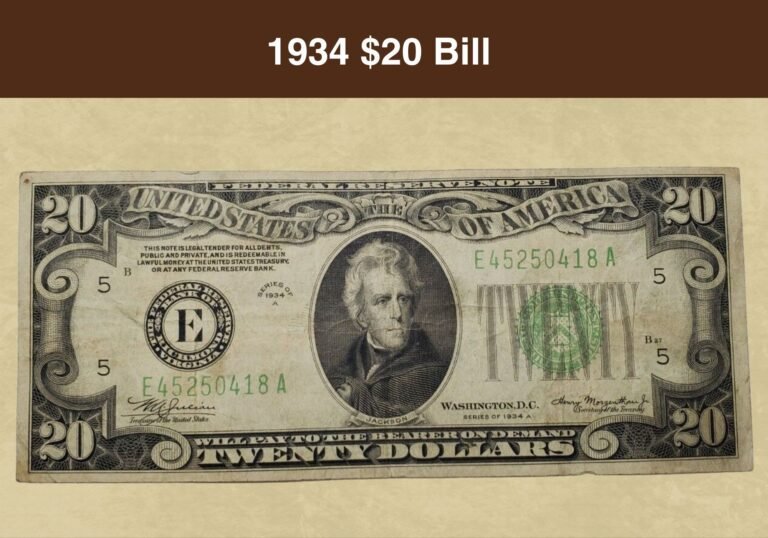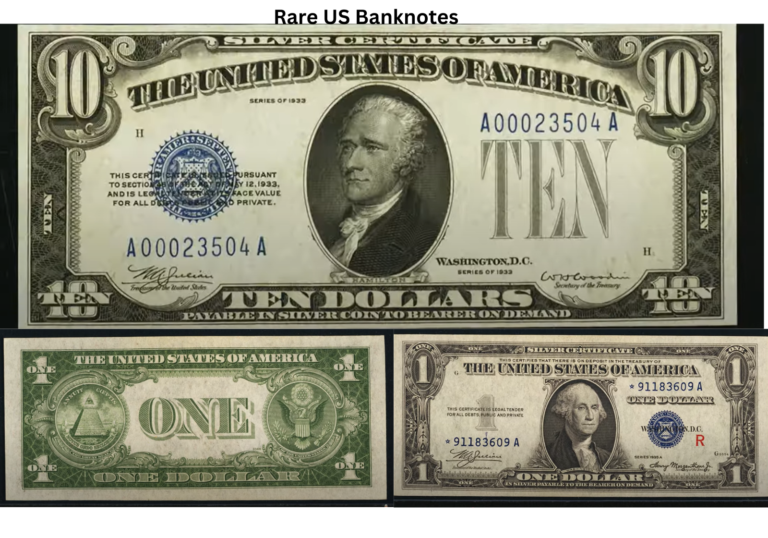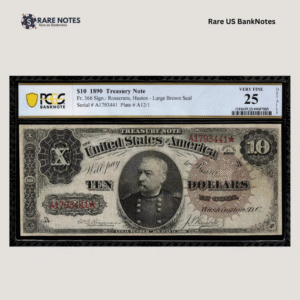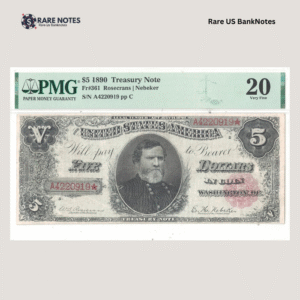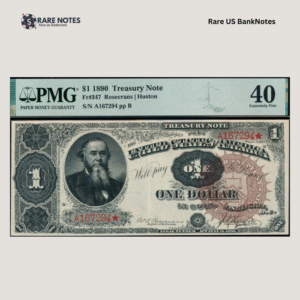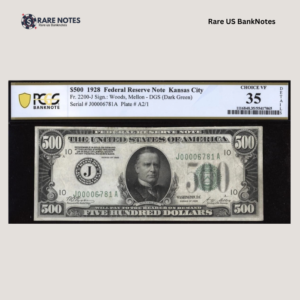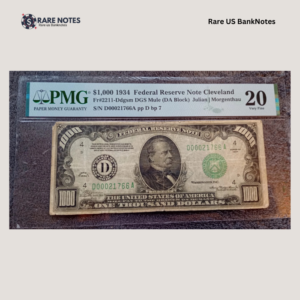Have you come across a 1903 Barber quarter and wonder whether it is worth anything? Finding an old classic coin can be exciting, but not all such finds are worth any money. The 1903 quarter is a common, affordable issue, but Mint State and Gem examples are scarce and can command significant premiums.
In our comprehensive guide, you will learn everything you need to know about the 1903 quarter value. We’ll take you through tips for authenticating, grading, and valuing your Barber silver coin, learn about the coin’s fascinating origins, and discover high-value minting errors worth collecting.
So, let’s find out: how much is a 1903 quarter worth today?
1903 Quarter Value Chart |
||||
| Mint Mark | Good | Fine | Extremely Fine | Uncirculated |
| 1903-No Mint Mark Quarter Value | $15 | $30 | $100 | $8,500 |
| 1903-O Quarter Value | $25 | $100 | $250 | $12,500 |
| 1903-S Quarter Value | $25 | $85 | $225 | $7,500 |
| 1903- Proof Quarter Value | 0 | – | – | $13,000 |
History of the 1903 Quarter
The 1903 quarter is part of the popular Barber coinage series, which the United States Mint struck from 1892 to 1916, replacing the Seated Liberty design on silver coins. Created by then-Chief Engraver Christian Gobrecht in 1830, the Seated Liberty lasted through much of the 19th century but increasingly received criticism over the years as artistic tastes changed in the United States.
Calls for new coinage finally culminated in a piece of legislation in 1890, authorizing all U.S. coins to be eligible for redesign 25 years after they were first minted. Soon after the signing of the 1890 Act, the Chief Engraver, Charles E. Barber, proposed that the Mint hold a competition for artists to submit designs for the new coinage. Around the same time, the Mint appointed a new Director, Edward O. Leech, a strong proponent of new U.S. Coinage. Leech organized his competition, inviting elite artists to propose designs for the new coinage. But, because only the winner would be rewarded, the invited artists chose not to participate.
Leech turned to Barber to prepare designs for the half dollar, quarter, and dime. The two men each had their ideas for the new coin design and engaged in a lengthy back-and-forth before Barber finally implemented Leech’s ideas. After giving his approval, Leech presented the designs to President Benjamin Harrison, who approved them in November 1891 and paved the way for the production of new silver coinage the following January.
The first Barber coins were struck at the Philadelphia Mint and then shortly after at Denver and Francisco. The 1903 quarter minted in Philadelphia is a common date, but the New Orleans and San Francisco issues are quite scarce and often command significant premiums in higher uncirculated grades. All in all, if you’re building a Barber quarter series, the 1903 issue is certainly a worthwhile addition for a complete collection.
Also read: Top 13 Most Valuable State Quarters Worth Money
Features of the 1903 Quarter
Let’s now look at the physical attributes of the 1903 quarter. By understanding these features, you can accurately authenticate and grade your silver coins and identify high-value Barber quarters worth collecting.
Here are the standout features to look out for:
Obverse of the 1903 Quarter

The obverse features the right-facing portrait of a young Lady Liberty wearing a Phrygian cap with a laurel tied around the head bearing the word Liberty at the forehead.
The national motto, IN GOD WE TRUST, is inscribed above Liberty’s portrait, while the date, 1903, is etched below the portrait along the rim.
Liberty is surrounded by thirteen stars, six to the left and seven to the right, representing the first states to join the Union.
Numerous small denticles decorate the rim all around.
Reverse of the 1903 Quarter
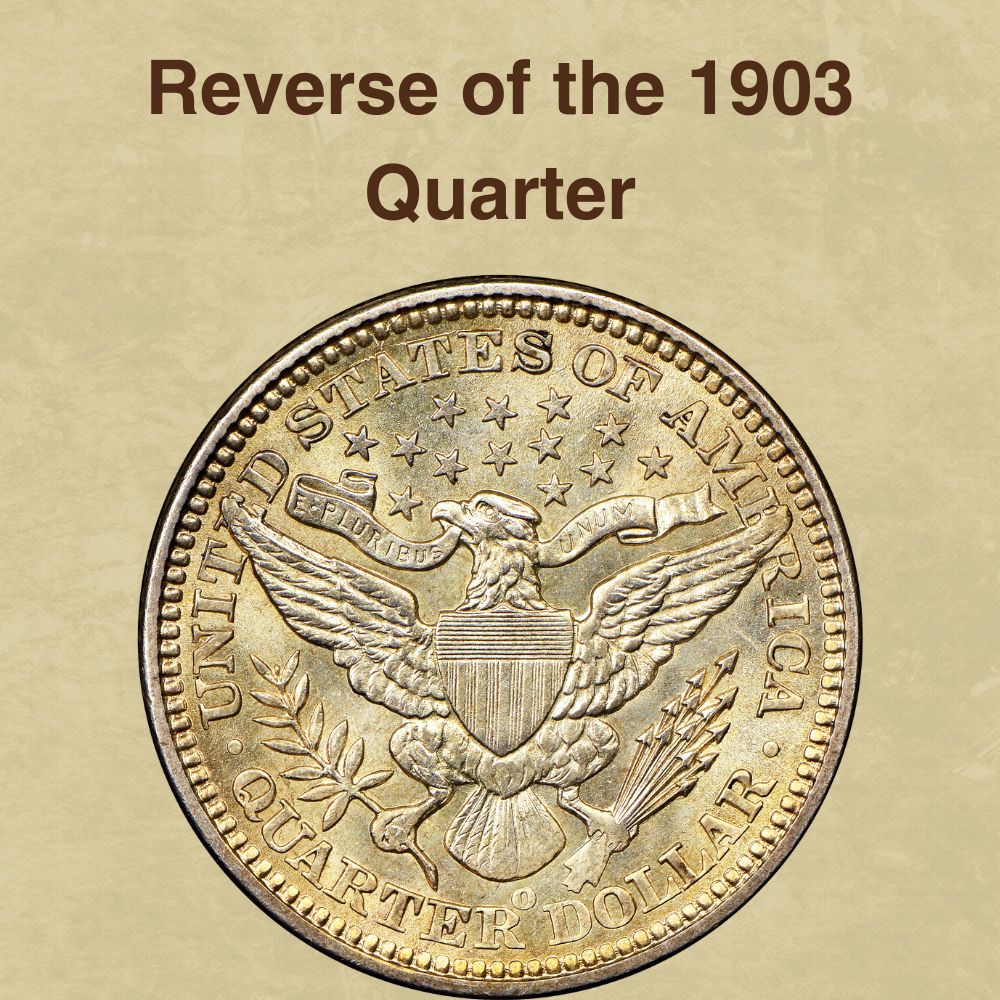
On the reverse is an image of the heraldic eagle with a shield on its breast representing self-defense, non-aggression, and strength in the unity between the federal and state governments.
The eagle clutches a flag in its beak with the inscription E PLURIBUS UNUM, which means “Out of Many, One,” referring to the unity between the states under the authority of the federal government.
The eagle also holds an olive branch in its left talons and arrows in the right talons, which symbolize peace and victory, respectively.
A constellation of thirteen stars above the eagle’s head represents the initial stars that formed the Union. UNITED STATES OF AMERICA is etched in an arc at the top along the rim while the denomination, QUARTER DOLLAR, is inscribed at the bottom.
Similar to the obverse, denticles decorate the rim on the reverse.
Other Features of the 1903 Quarter
Additional features worth noting include:
- Diameter: 24.30 millimeters
- Weight: 6.30 grams
- Edge: Reeded
- Metal Composition: 90% Silver, 10% Copper
- Fineness: 0.9
- ASW:0.1808oz
Also read: Top 16 Most Valuable Modern Quarters Worth Money
1903 Quarter Value Guides
Next, we’ll find out: How much is the 1903 quarter worth? Factors that determine the value include the coin’s condition, mintmark, mintage, and rarity.
There are four types of the 1903 quarter:
- 1903 No-Mint mark Quarter
- 1903-O Quarter
- 1903-S Quarter
Let’s find out how much each is worth:
1903 No-Mint mark Quarter Value

In 1903, the Philadelphia Mint struck about 9,669,309 Barber quarters, the highest mintage that year. As was the tradition, these coins bore no mint mark.
With a considerably high mintage, finding circulated 1903 quarters isn’t so difficult. Survivors through to Very Fine (VF) are plentiful, although the population drops off from Extremely Fine (XF) and higher. Examples are also generally affordable in all grades.
Here’s a breakdown of the value of a 1903 quarter:
- Circulated Examples: In Good (G) condition, a piece can sell for as much as $15 and up to $30 in Fine (F) condition. Extremely Fine (XF) examples are worth at least $100, and About Uncirculated (AU58) pieces will fetch up to $280.
- Mint State Examples: Uncirculated examples are more elusive but will command attractive premiums. Gems are generally hard to come by, but a few examples have survived. In MS60, examples can sell for up to $325 and as much $600 in MS63. Gems in MS64 are worth up to $1,250 and can fetch at least $8,500 in MS66.
- Auction Record: In a record-breaking sale in 2015, Heritage Auctions sold an MS66 for $9,400, making this one of the most valuable examples of a 1903 quarter.
1903-O Quarter Value
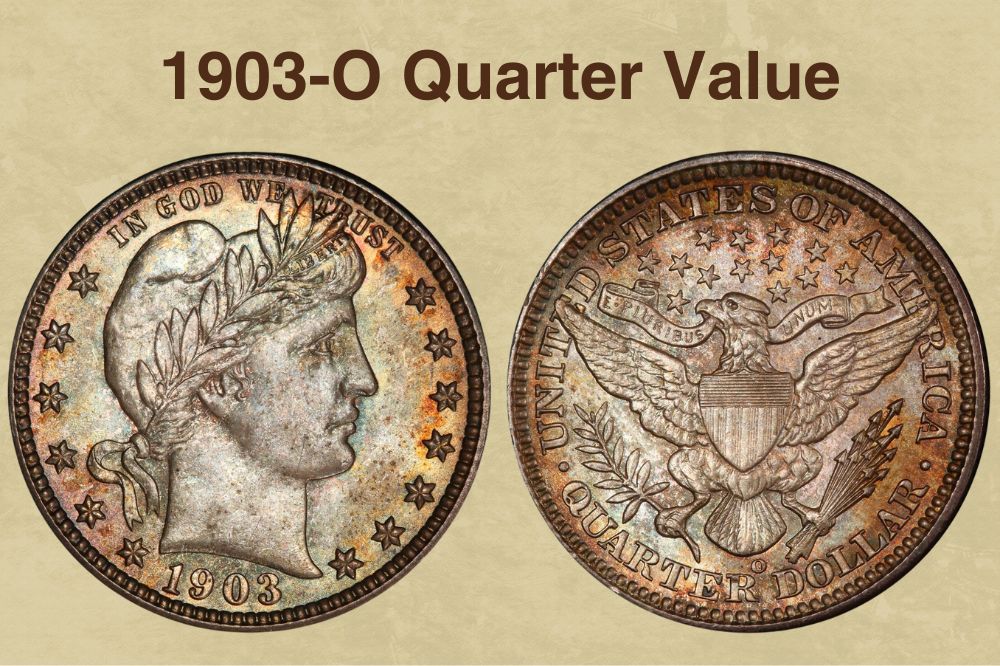
The New Orleans Mint had the second-highest mintage, producing 3,500,000 Barber quarters in 1903. The O-quarters had a variable strike quality, with some showing a weak strike while others showed a stronger strike.
Here’s what to expect when collecting 1903-O quarters:
- Circulated Examples: These are plentiful in lower grades but become increasingly scarce in Extremely Fine (XF) and higher conditions. The prices are also affordable for the lower grade examples and are accessible to most collectors. For instance, a graded Good (G) example can sell for as much as $20, while a Fine (F) one is worth approximately $65. Prices increase steadily in Very Fine (VF) condition, where examples can fetch as much as $140 and at least $200 in Extremely Fine (XF) condition. About Uncirculated (AU) coins are not rare, but higher grades are noticeably scarce, for example, in AU58, the highest circulated grade, a piece can fetch as much as $500.
- Mint State Examples: Uncirculated examples are scarce, and gems in MS64 and higher are rare, commanding significant premiums. In MS60, examples are worth as much as $600, and prices double to as much as $1,250 in MS63. Gems graded MS64 can command as much as $2,000 and as much as $12,500 in MS66. Finer examples command prohibitive prices.
- Auction Record: In a 2015 sale, Heritage Auctions sold an MS67 for a staggering $32,900, one of the most valuable examples of the 190-O quarter.
1903-S Quarter Value

The San Francisco mint had the lowest mintage of 1903 quarters, minting only 1,036,000. The 1903-S quarter is scarce in circulated grades, with Extremely Fine (XF) and About Uncirculated (AU) being particularly hard to find and in high demand.
Here’s a breakdown of the value of the 1903-S quarter:
- Circulated Examples: These are scarce in all grades and worth slightly more than their 1903-P and 1903-O counterparts. In Good (G) condition, examples are worth about $40, while those graded Fine (F) can sell for up to $120. Extremely Fine (XF) quarters fetch as much as $250, while About Uncirculated (AU58) can bring in up to $700.
- Mint State Examples: Uncirculated examples are surprisingly more common than one would expect for such a low mintage. In MS60, pieces sell for as much as $775, and prices double to $1,500 in MS63. A few Gem examples exist, commanding as much as $3,250 in MS65 and up to $7,500 in MS66.
- Auction Record: In a 2009 auction, Heritage Auctions sold an MS67 1903-S Barber quarter for a record-shattering $37,375, one of the most valuable examples of its kind.
1903 Proof Quarter Value

Sales of 1903 quarter proofs were noticeably low, a trend that began in 1901. This was mostly due to the poor strike quality, which made these coins unappealing to collectors.
Here’s how much to expect when collecting 1903 quarter proofs:
- Regular proofs: These are moderately plentiful and affordable in lower grades. In PF60, for instance, an example is worth about $415 and up to $2,150 in PF65. Gems graded PF66 can fetch up to $3,250 while PF68 examples command up to $13,000. One of the most valuable examples graded PF66 was auctioned in 2012 for $19,975 by Heritage Auctions.
- Cameos: Survivors are noticeably few and command higher prices. In PF62, pieces will sell for up to $700 and as much as $2,250 in PF65. In 2023, Stack’s Bowers auctioned an extremely rare PF69CAM for a record-breaking $24,000.
- Deep Cameos: These are genuinely rare, commanding as much as $9,500 in PF67. Heritage Auctions sold a high-value PF68DCAM in 2012, for a record-shattering 2012.
1903 Quarter Grading
To grade a 1903 quarter, pay attention to the spots that wear the fastest. The word LIBERTY on the headband will immediately clue you in on the coin’s grade. If it is fully visible, the coin is typically of grade Very Fine (VF) or higher, while for the lower grades, the inscription is only partially visible or completely worn.
On the reverse, check the eagle’s wing and tail feathers, talons, shield, arrows, and olive branch. Also, examine the rim and inscriptions. Higher-grade quarters will show more details than in lower-grade examples. But, the reverse strike on some 1903 quarters is generally weak, so don’t be too quick to downgrade the coin based on a weak strike only.
Check out this video for more great tips on grading Barber quarters.
Rare 1903 Quarter Errors List
Several errors do show up on 1903 Barber quarters, but only a few are of interest to collectors as they can significantly raise the coin’s value.
Here are some worth checking out:
1. 1903 Re-Punched Date Error

A re-punched date error occurs when the date is punched into the die more than once at a slightly different position. When the coin is struck, some of the date digits may appear doubled or have a ghost outline due to the re-punching. A re-punched date can add $20-$100 to the coin’s value, depending on its condition. For example, in 2009, a collector on eBay paid $150 for a 1903 quarter graded Extremely Fine (XF) with a re-punched date error.
2. 1903 Quarter Misplaced Date Error
A misplaced date error happens when the date is punched on a slightly different spot on the coin. This error is mostly seen on 1903-O quarters where some of the date’s digits are struck very close to or on the denticles. This interesting error can be worth $20- $100 or more. For example, in a 2013 sale, Stack’s Bowers auctioned a 1903-O quarter graded MS63 with a misplaced date error for an impressive $1,300.
Where to Sell Your 1903 Quarter?
Now that you know the value of your coins, do you know where to sell those coins online easily? Don’t worry, I’ve compiled a list of these sites, including their introduction, pros, and cons.
Check out now: Best Places To Sell Coins Online (Pros & Cons)
FAQs
How much is a 1903 quarter worth today?
The value of a 1903 quarter depends on its condition and rarity. Prices can range from $10-$700 for circulated examples, while Mint State survivors can sell for $30,000 or more.
What does a 1903 quarter look like?
To authenticate a 1903 quarter, start by comparing its features to images of real examples from reputable bodies such as the Professional Coin Grading Service (PCGS) and the Numismatic Guaranty Company (NGC). Compare the key features, such as the diameter, weight, edge, design details, inscriptions, and denticles, to determine if your 1903 quarter is real.
Is a 1903 quarter rare?
Barber quarters struck in 1903 are not rare. Circulated examples are plentiful in all grades, although their population drops off at the Extremely Fine (XF) grade. Mint State examples are moderately scarce, but still collectible, although Gems are genuinely rare.
The post 1903 Quarter Coin Value (Errors List, “O”, “S” & No Mint Mark Worth) appeared first on CoinValueChecker.com.


